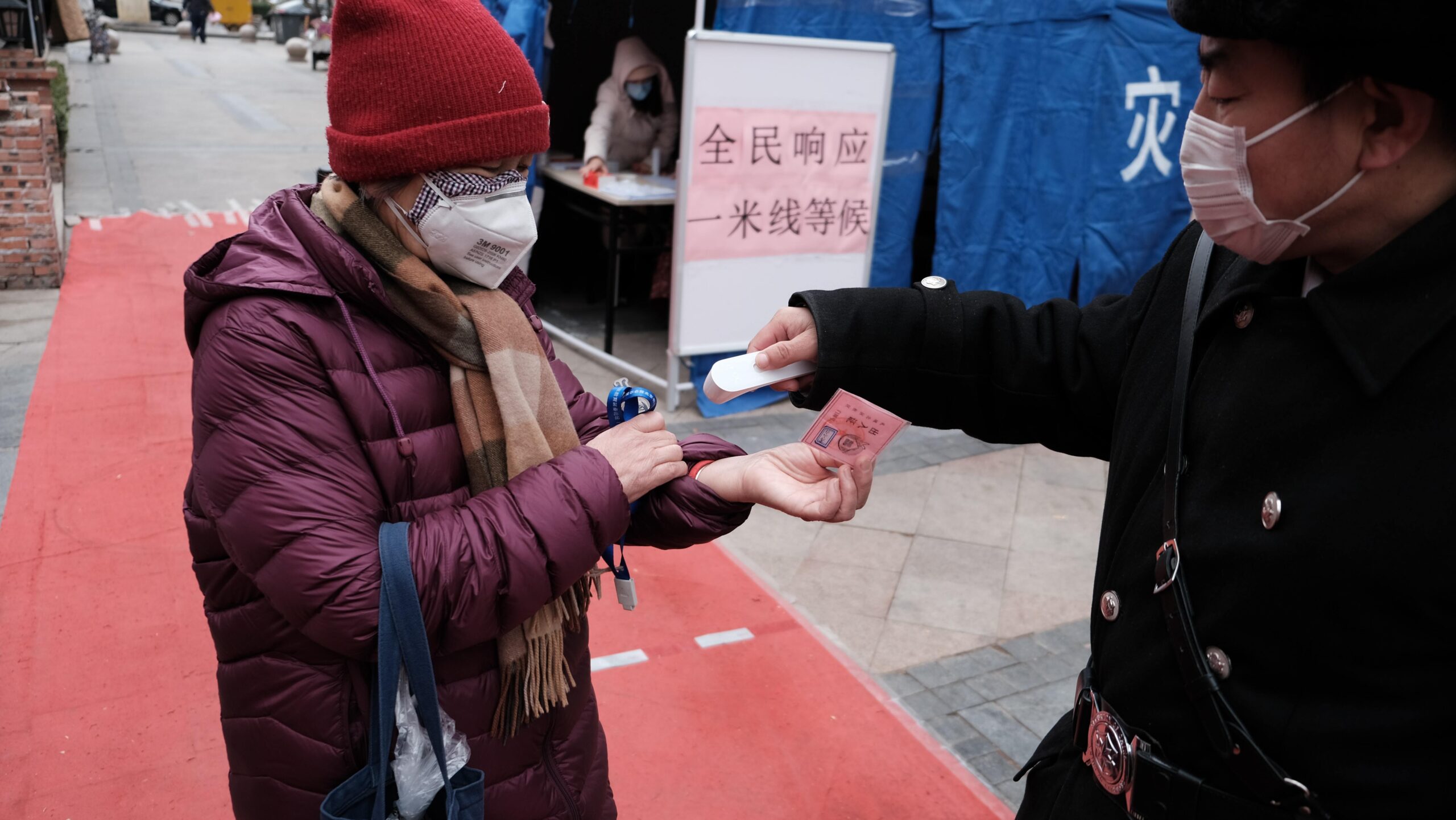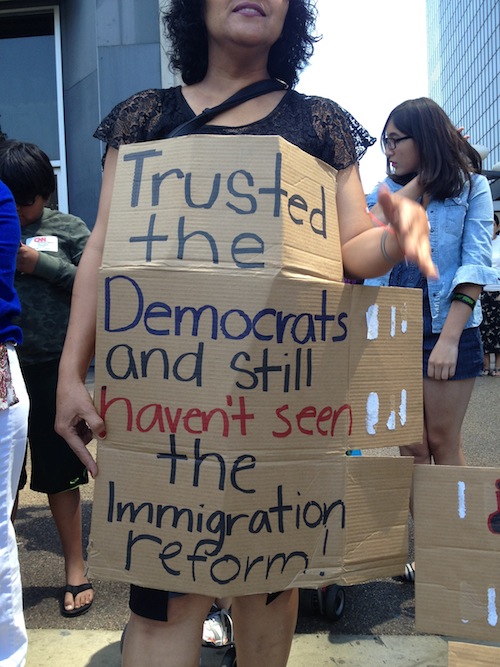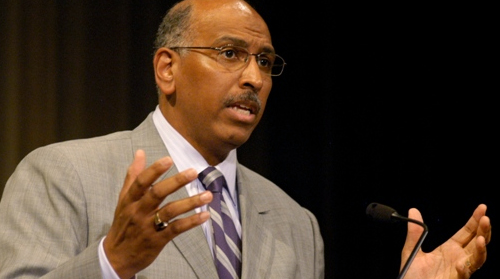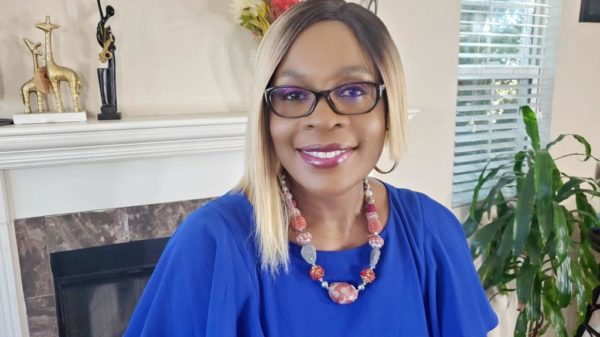The winter holidays are expected to bring with them a surge in symptomatic COVID cases. But treatment is available to mitigate the impact of the illness and prevent its severity, can lead people to test negative sooner, and early evidence suggests that COVID treatment may lower the risk of long COVID.
In an Ethnic Media Services (EMS) briefing, we learned from physicians and specialists about the COVID therapeutics available for treating the illness in adults and some teens, and the necessity of accessing treatment early in the illness for it to work.
The CDPH also presented the latest data on ongoing disparities in getting treatment a major in some racial/ethnic and socioeconomic groups.
Dr. Rita Nguyen, CA Assistant Health Officer and Director of Population Health, California Department of Public Health, gave an overview of the therapeutics that are currently available and how they can be accessed, what new treatments may be in the pipeline, and new data on ongoing disparities in the treatment for some of the racial, ethnic and socioeconomic group. Sharing that there are ways to mitigate the impact of covid, the vast majority of adults are eligible, including anyone who is over 12 years old. Anyone who has symptoms of covid-19 and has a positive test should not rule themselves out. She recommended talking to your provider to help figure it out for you. People with conditions such as high blood pressure, diabetes, or obesity, as well as people who are physically inactive which is the vast majority of Americans, and smokers, even if it was past smoking, etc, see your provider to help stop the virus from multiplying and infecting more. Rebounds as side effects are also minimal and they can be very mild nausea. With covid-19, even if you don’t, most people don’t have a rebound, and more than 99% of people who do have a rebound it’s mild and rebound is not since the medication still works to prevent severe illness and the risk of rebound should not be a reason to avoid treatment.
She also expressed the persistent disparities in access to care and the Department of Public Health where there is low access to Black or Hispanic communities who were less likely to be prescribed covid treatment even though they were positive compared to white and non-Hispanic colleagues.
“We are also seeing this across socioeconomic status in California specifically so in California, we have an index called the healthy people index and it basically stratified areas in neighborhoods in 24 different quartiles. 1 and 2 typically are the ones that are lower socioeconomic status and on this, as you might imagine unfortunately there, are the lowest lines here in terms of accounting for covid-19 treatment so the people who are most likely to have severe outcomes are people of color. They are accessing about that, a lower rate for example gives you the percentages of black Americans who were treated compared to Whites. In May around 37% of white patients presenting to care were getting treated compared to Black Americans and about 20% of them are coming in.
Dr. Jasmeet Kaur Bains, Family Medicine, Delano, CA (rural perspective)
I know this is very important information being discussed I’m very very honored to be a part of the Newsday State Legislature as a newly sworn-in assembly member representing District 35 which is Kern County. I work as a physician on the front lines as a family medicine doctor and look forward to increasing healthcare access while at the same time making sure that communities especially in rural areas of California have increased access to information. The biggest problem during covid-19 was access to information specifically in rural areas where most patients don’t really have access to information like other more urban areas do. In rural areas, it’s mostly what they experience, the other doctor, or what they hear from each other. The problem that we experienced during covid-19 with the fact that there is an accelerated retirement of positions and therefore having access to primary care doctors suffered heavily during covid-19, the other problem that was presented is the fact that there were a lot of jobs that were lost during covid-19 due to the economic downtrend and because of that a lot of people lost healthcare insurance. So this was something that impacts rural areas quite a bit especially when it comes to accessing health care in America. Accessing health care means you have healthcare insurance and that’s the first step to problems in rural areas. One of the biggest barriers is having access to that healthcare insurance, the other thing was because of the economic downturn you had a lot of people toggle switch their jobs. Well, when you switch your job you have to lose your healthcare insurance and there’s a 60-day period in between trying to switch over to your new healthcare access. What do we do for people so that they continue to gain Health Care in that 60 days? Making sure they had access to the treatments. The other barrier when it comes to rural areas is accessibility, making sure we have sources in different languages specifically Spanish and Punjabi as well which was not apparent during covid-19. That was very challenging, the third is making sure we have access to apply especially in rural areas like Kern County. We were the last to get the supplies for the vaccines and monoclonal antibodies. This is where we need to focus on to make sure specifically in times of pandemic systemically right now as we are currently experiencing a surge in hospitalizations in Kern County. The Surge is real, it’s happening and it is to the detriment of areas in California like the district that I represent. The other thing is the alarming rates of underlying lung disease in areas like Kern County due to increased air pollution and bad air quality. It has some of the worst air quality in the state in the country and things like covid-19, things like winter surge of the flu, hits us harder than any other part of the state because of the prevalence of underline long illnesses there’s a lot of work that we need to do know there’s a lot of work that we need to do together to make sure that areas that are vulnerable like the district that I represent make sure that they are properly supported and they have their proper supplies and resources that they need to continue providing care and at the same time making sure that we cover the people that don’t have access to healthcare not having a job at the moment due to switching jobs over these are key things that affect specifically rural areas of California.
How is it different for older adults during this, time? We have been hearing about a rapid drop in covid-19 in the last year. Older adults, 65 years and older account for nearly 90% of the covid deaths in the United States that’s 9 out of 10. A lot of older adults become more frail losing more muscle mass and becoming more dependent on others after hospitalization which leads to more disability and possible institutionalization. Some of you might have heard of older adults, especially those with pre-existing dementia having a condition called delirium even after a simple urinary tract infection. Early treatment of any conditions in older adults has proven to have better outcomes and this is not any different for covid-19 infection. Unlike up to two years ago we have more tools now to fight covid. These include, vaccination booster shots, as a lot of older adults are not getting them compared to how when it was first rolled out. We have rapid tests now so we can check right away if we have covid and those antiviral pills. When you test positive for covid you no longer have to cross your fingers hoping that it doesn’t uncover symptoms especially since older adults are more prone to that. Do not wait for your symptoms to get worse, if you start feeling a runny nose cough, or generally not feeling like yourself, act fast and take a covid test. If the test is positive please seek treatment right away to help prevent hospitalization.
Dr. Oliver Brooks, Chief Medical Officer, Watts Healthcare, works with underserved communities.
First and foremost contact your doctor, you should have a relationship with your doctor and that’s the place you go first because there are other things you are about.











